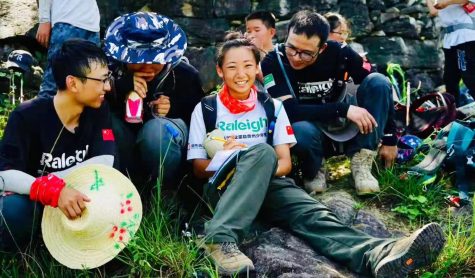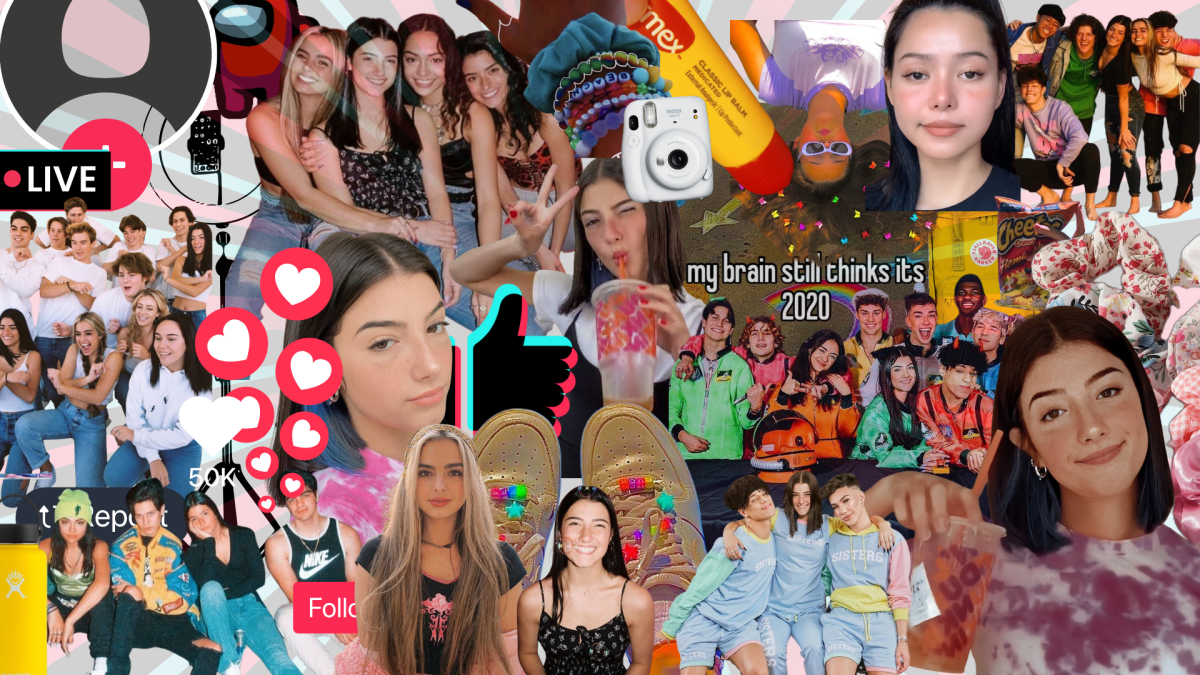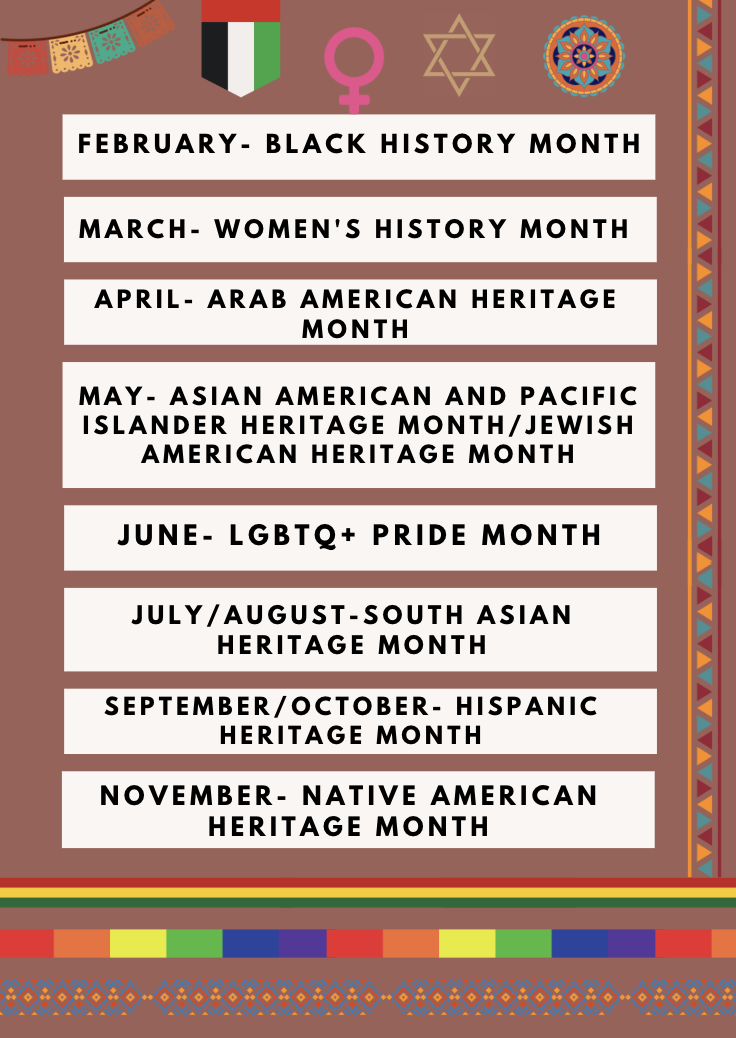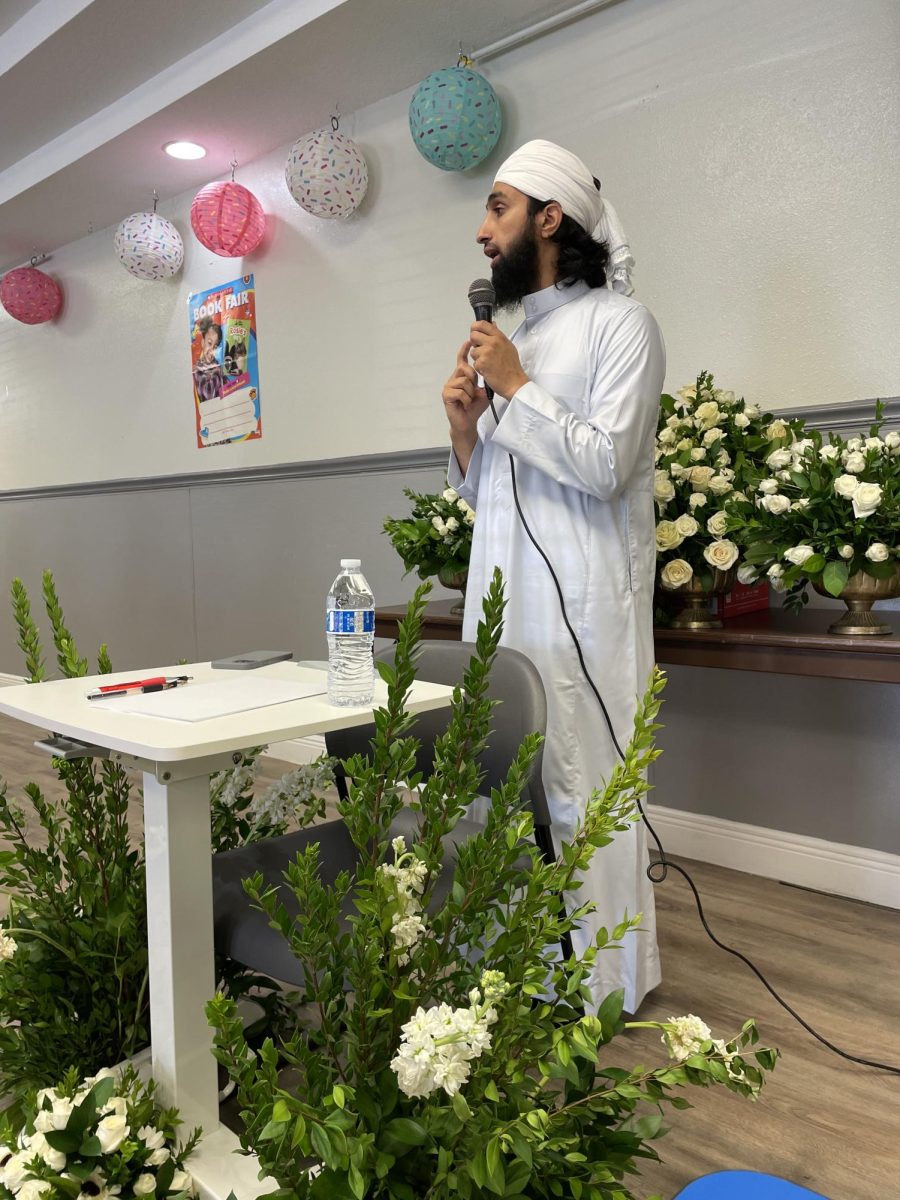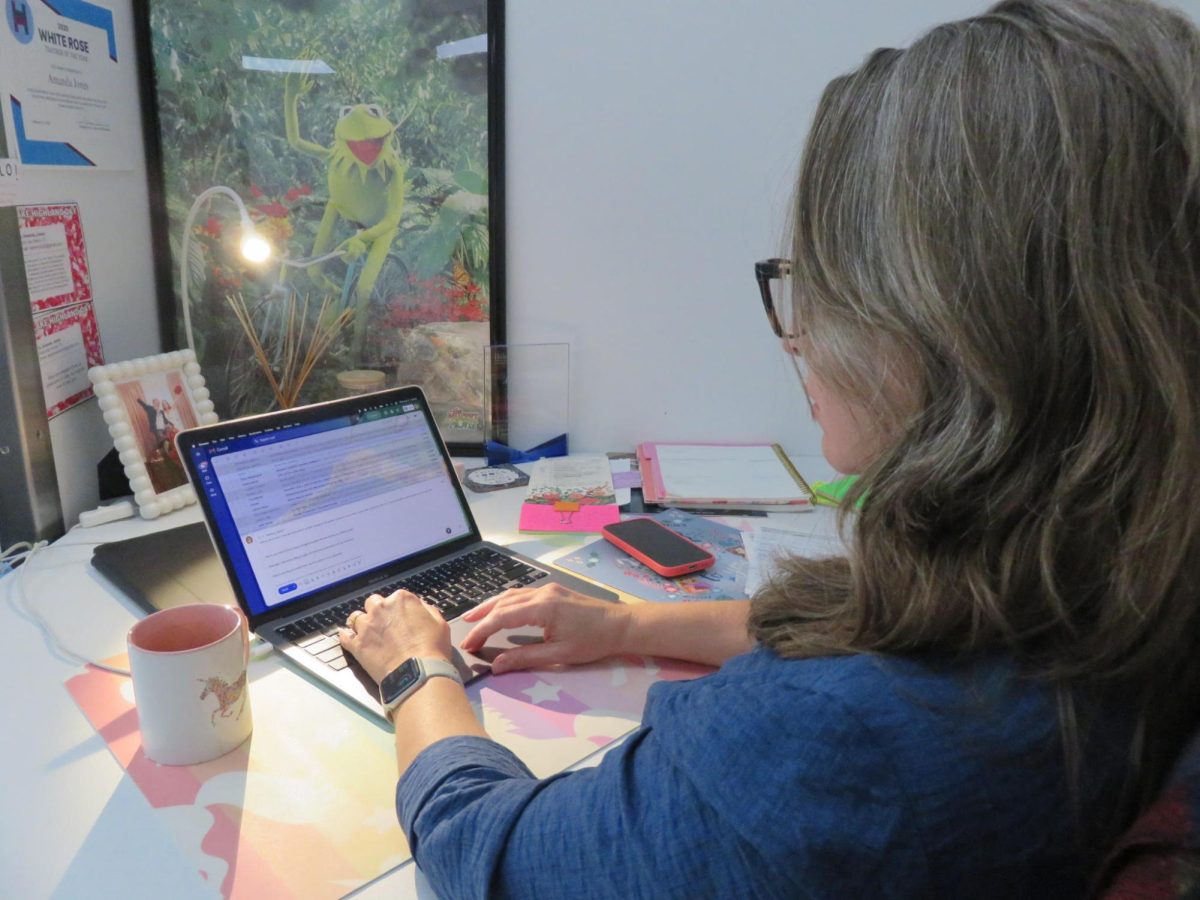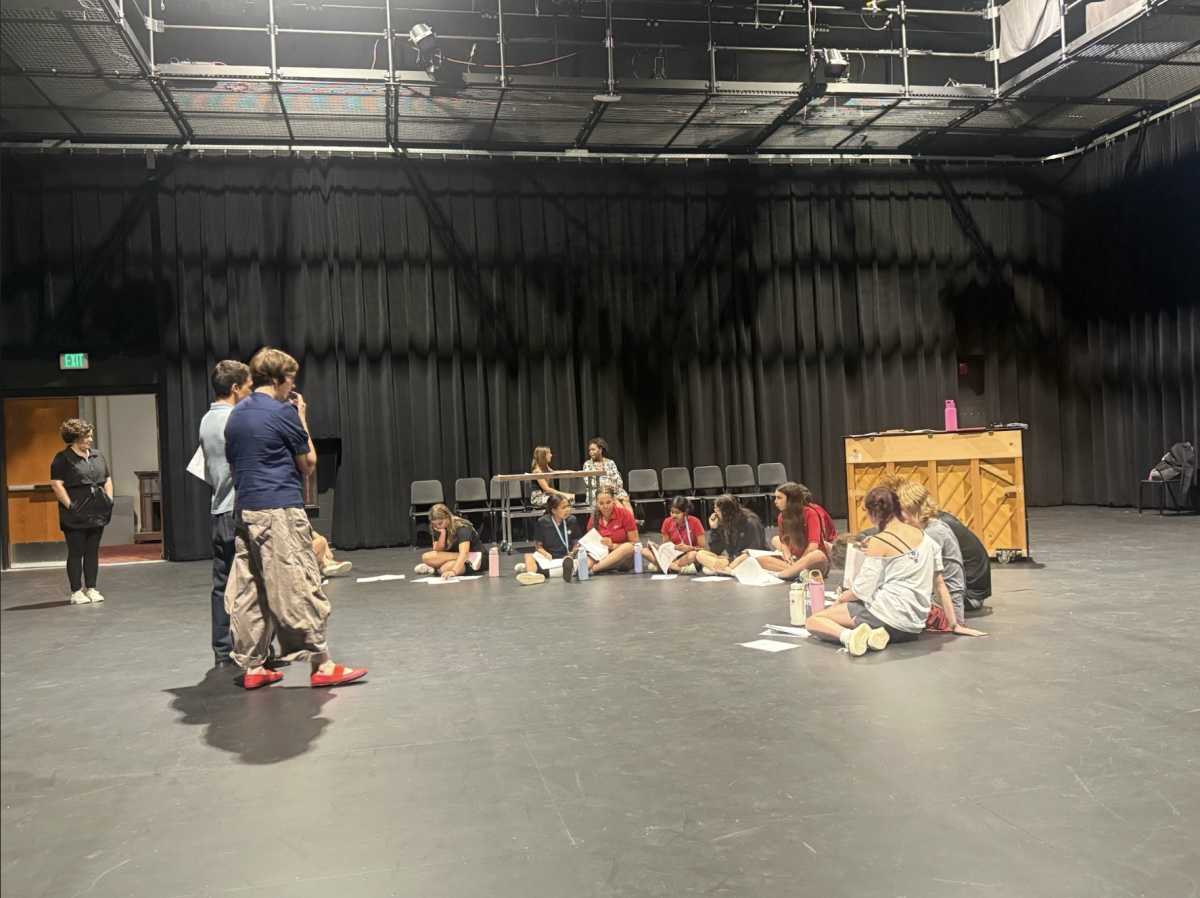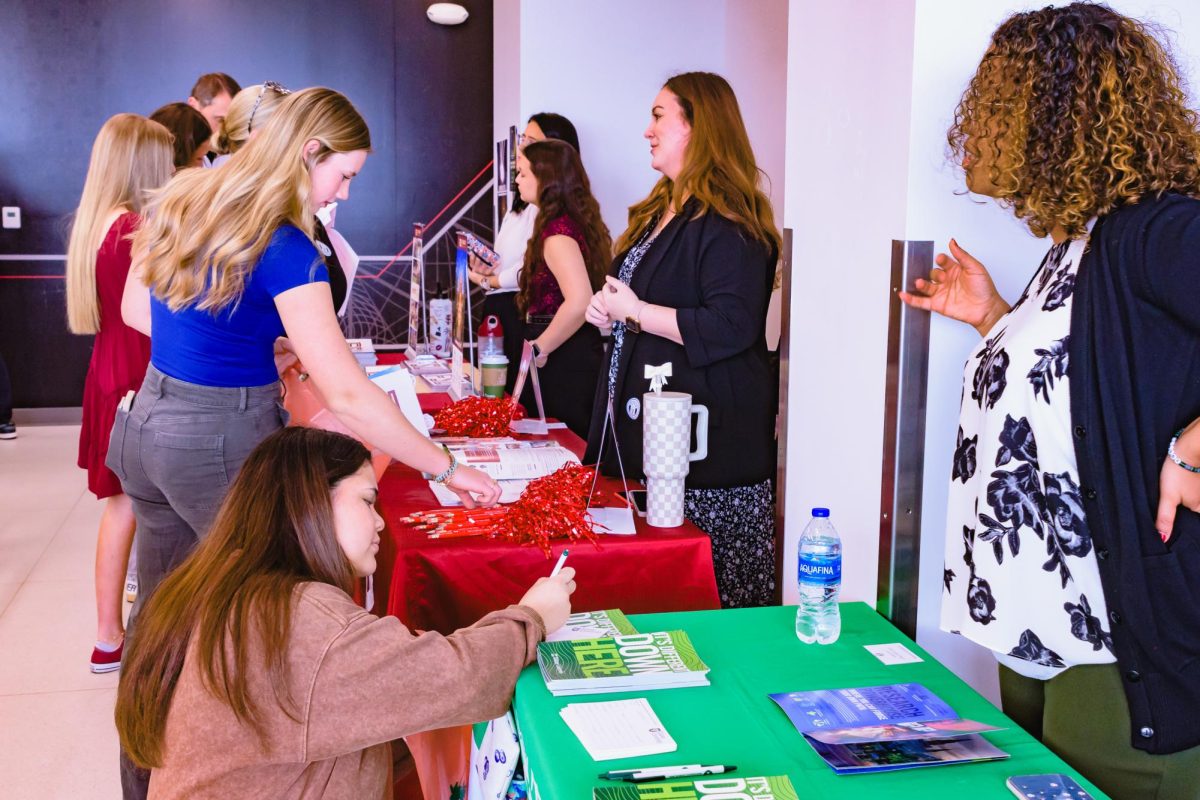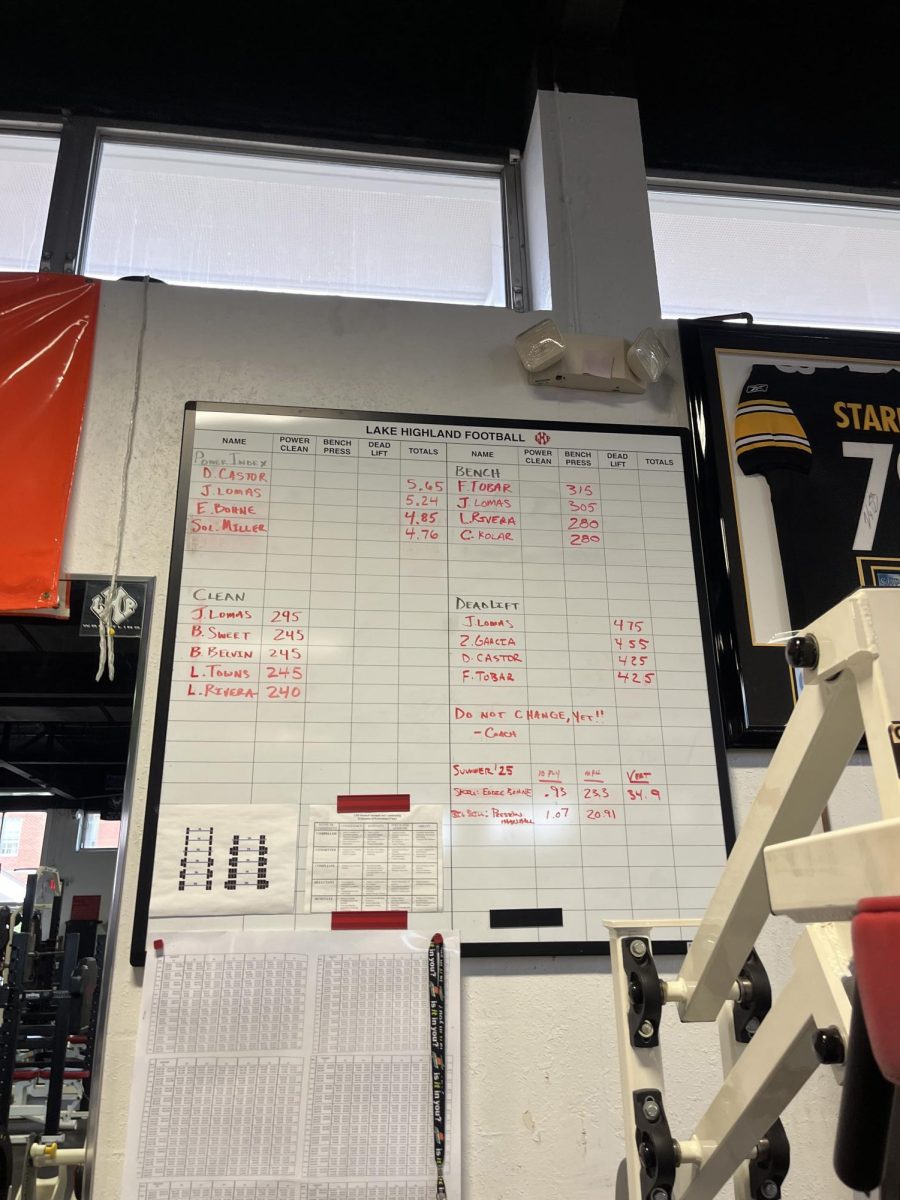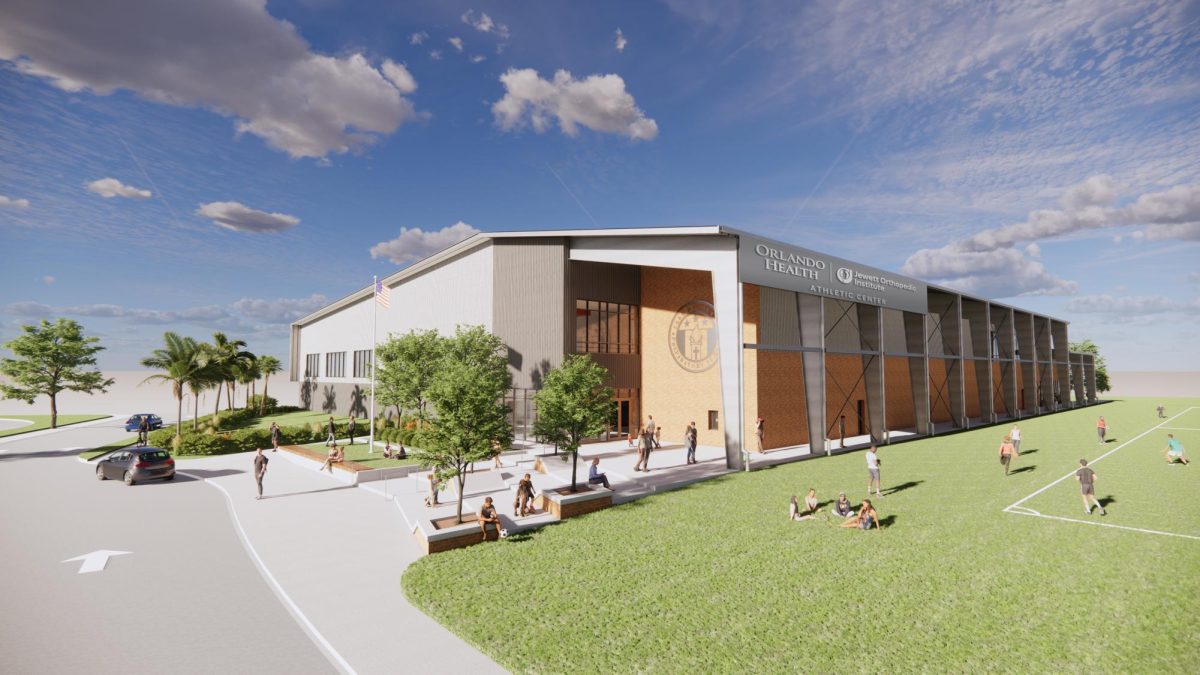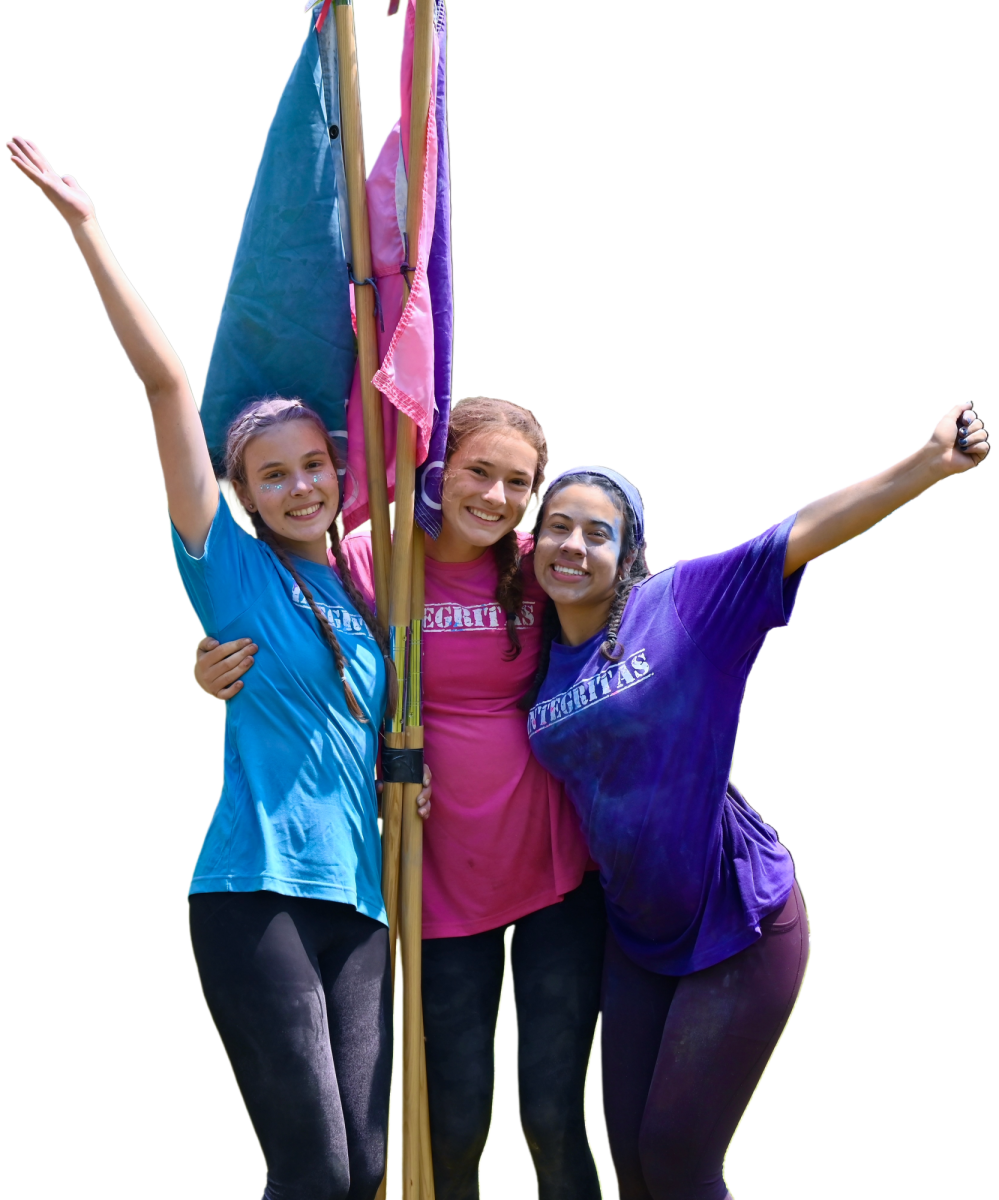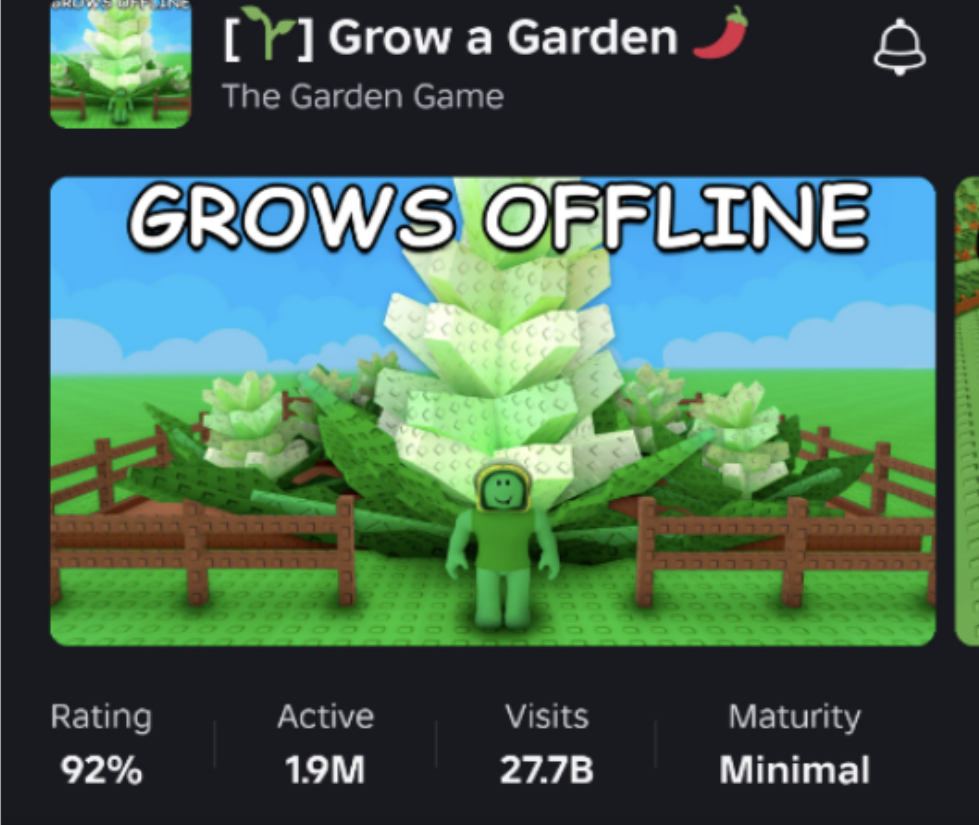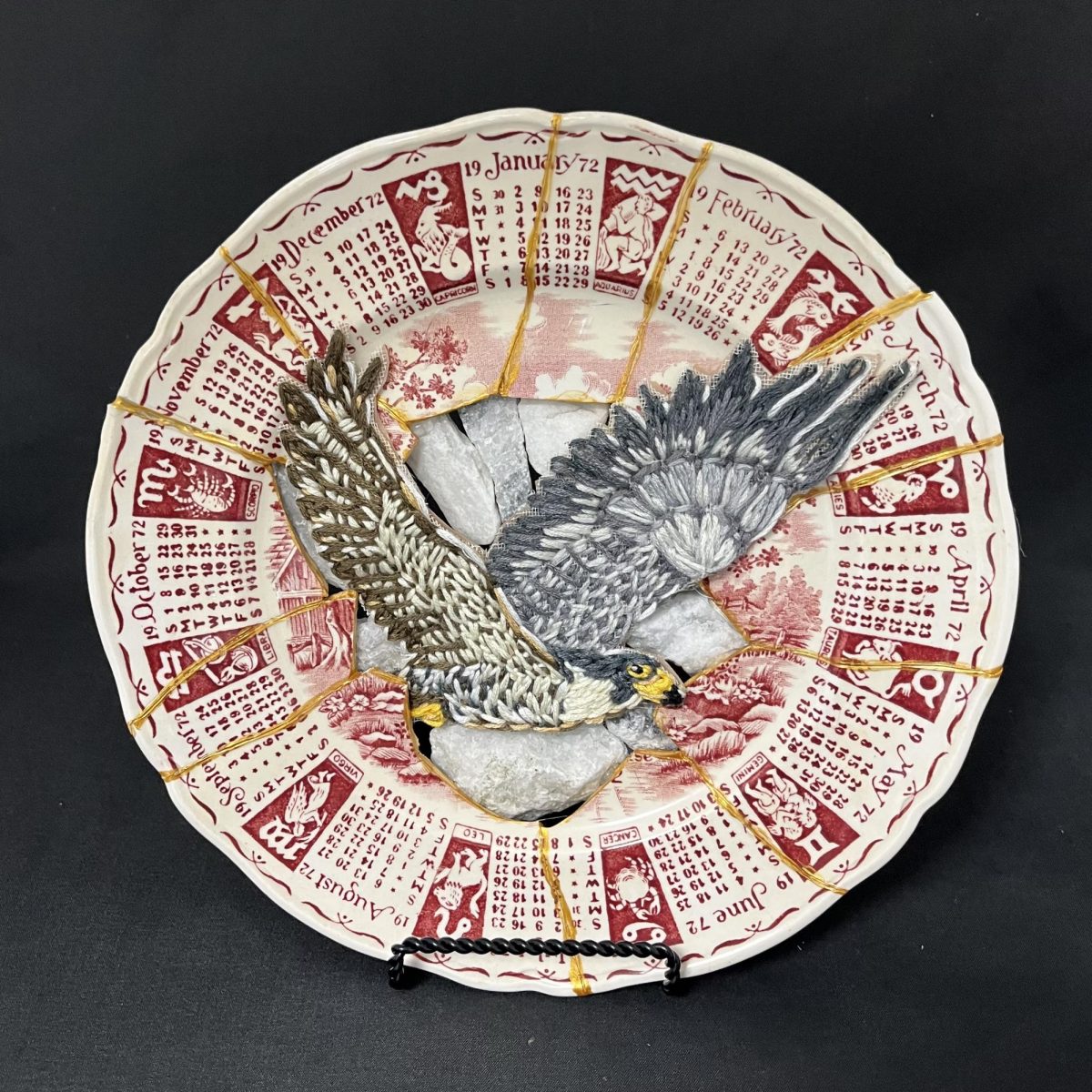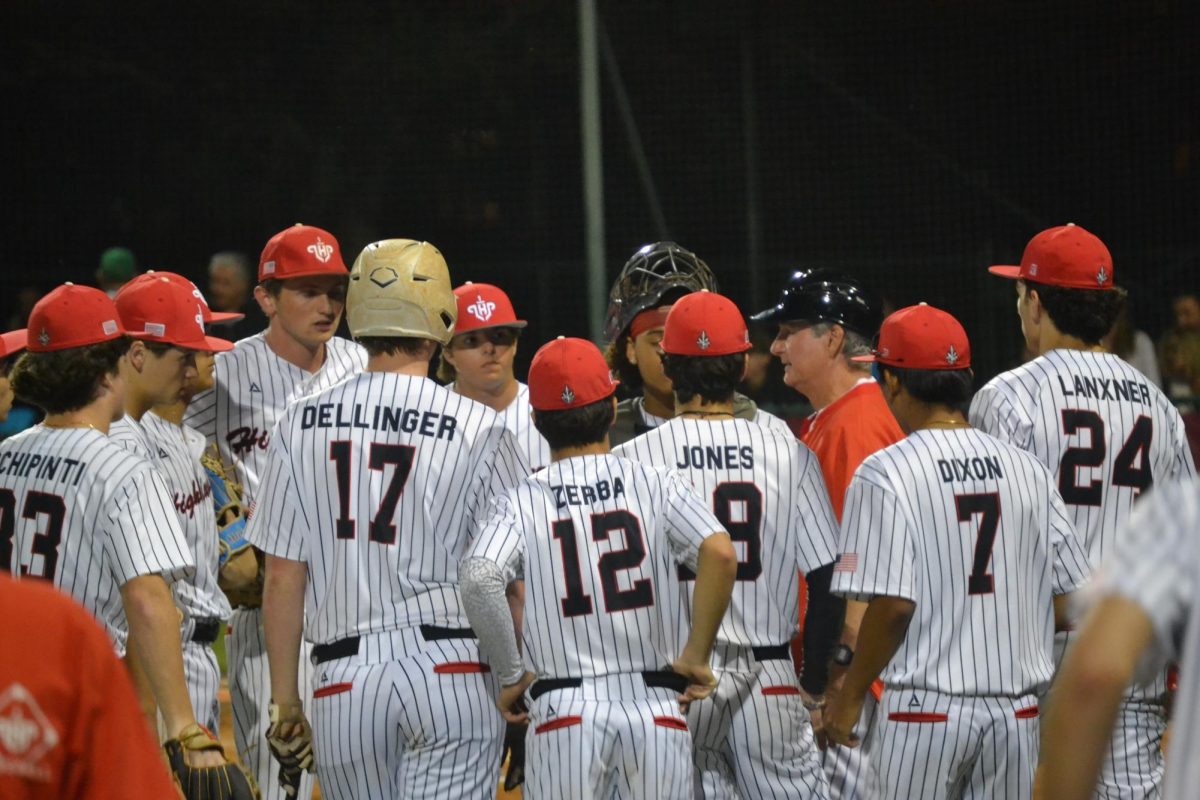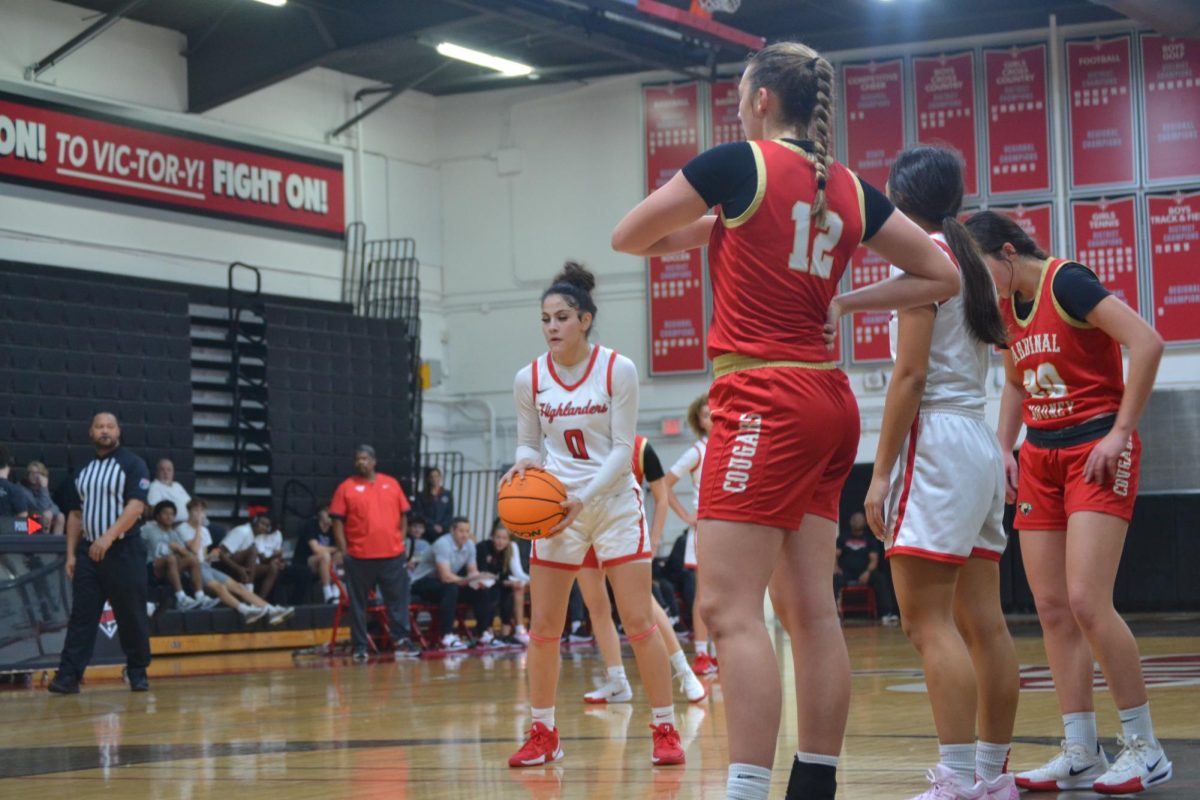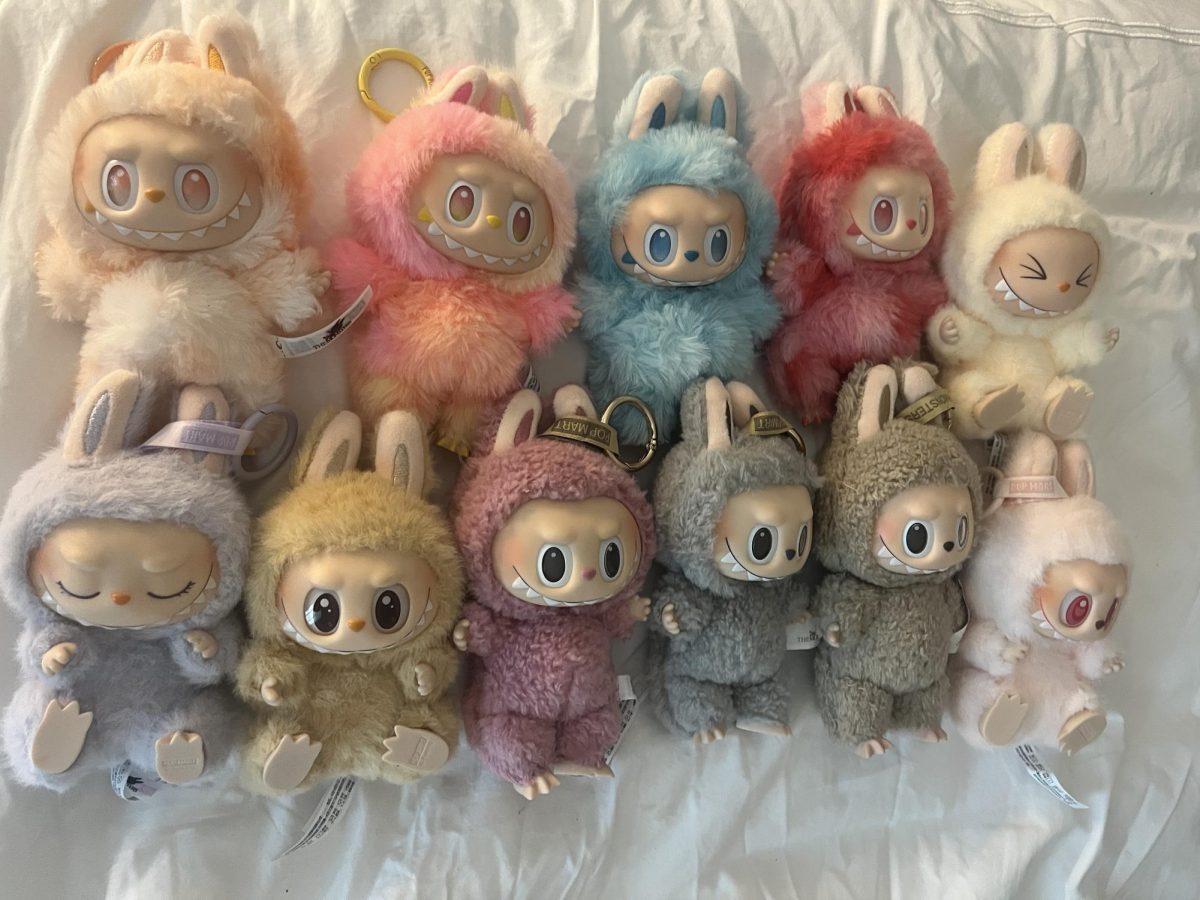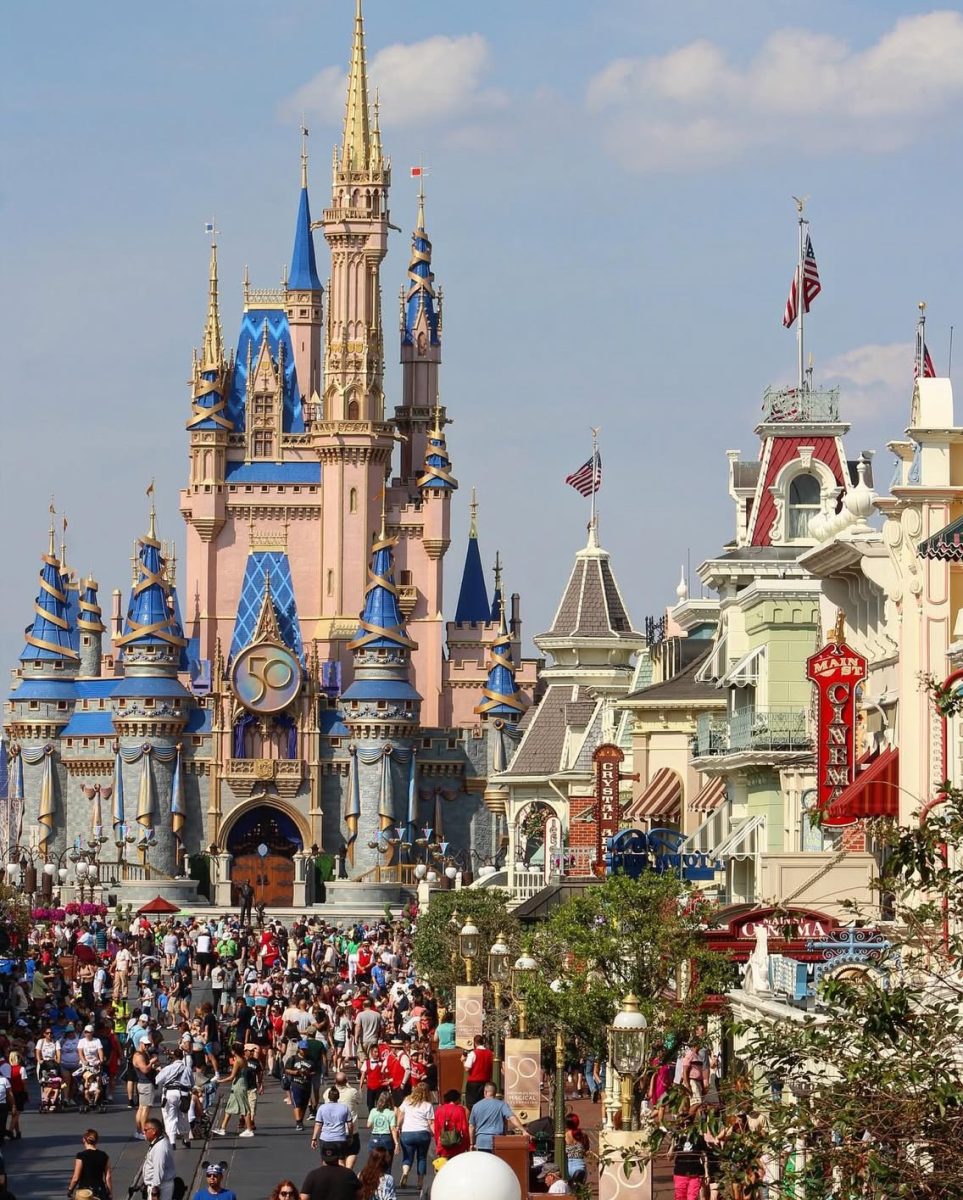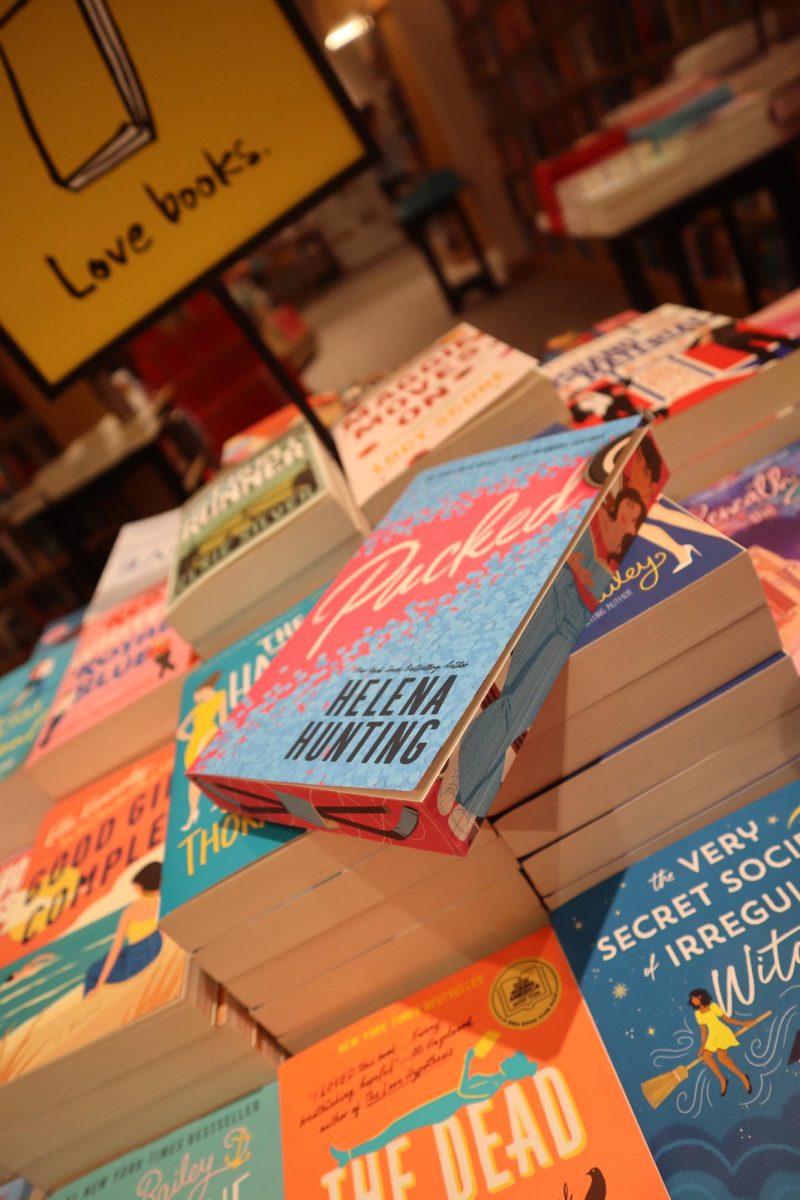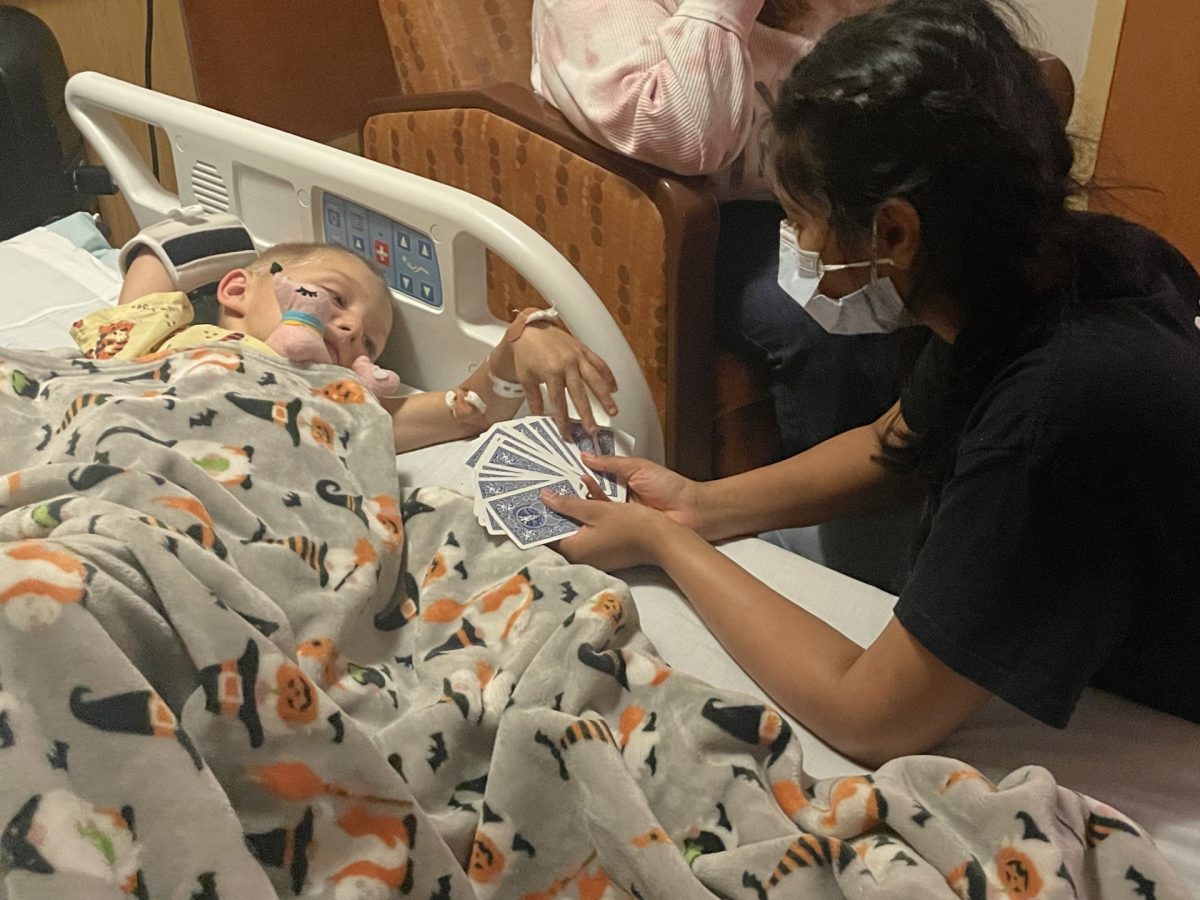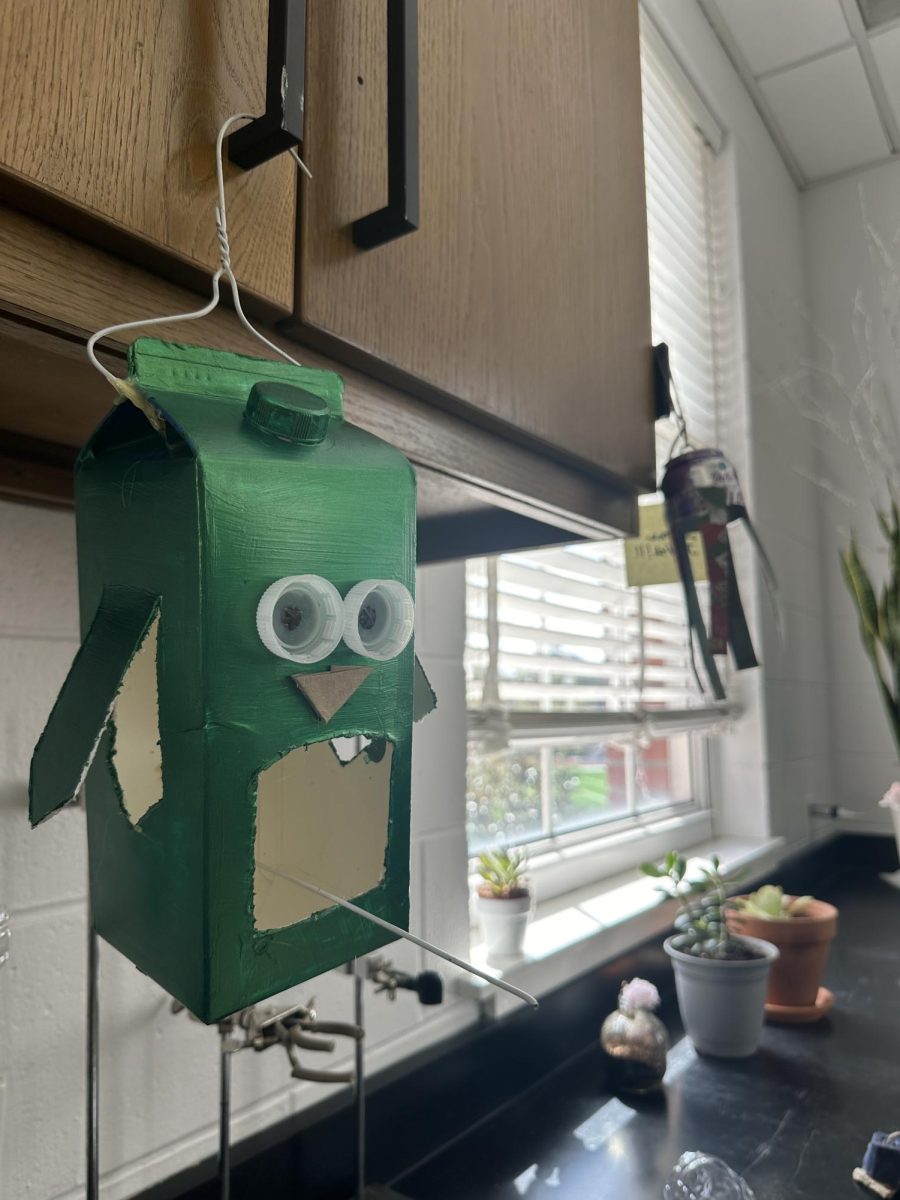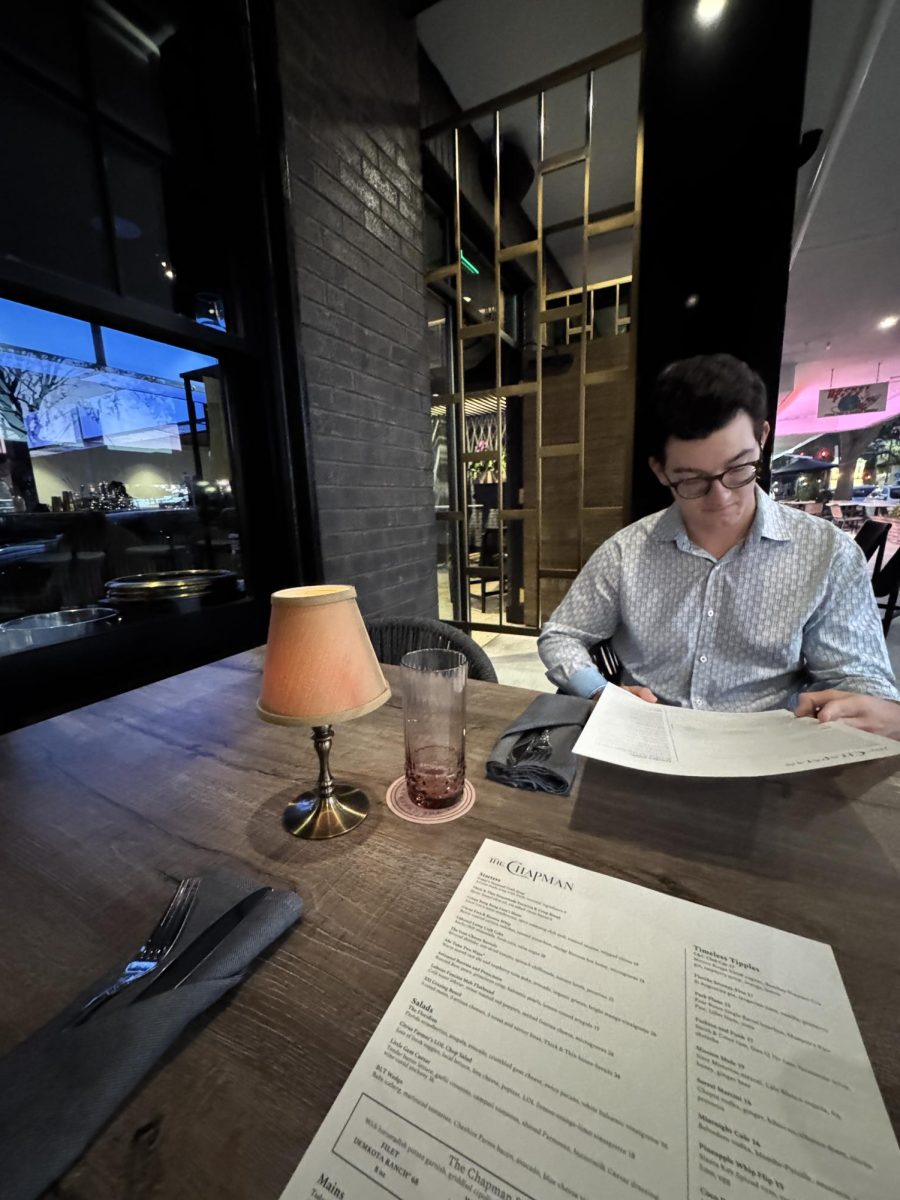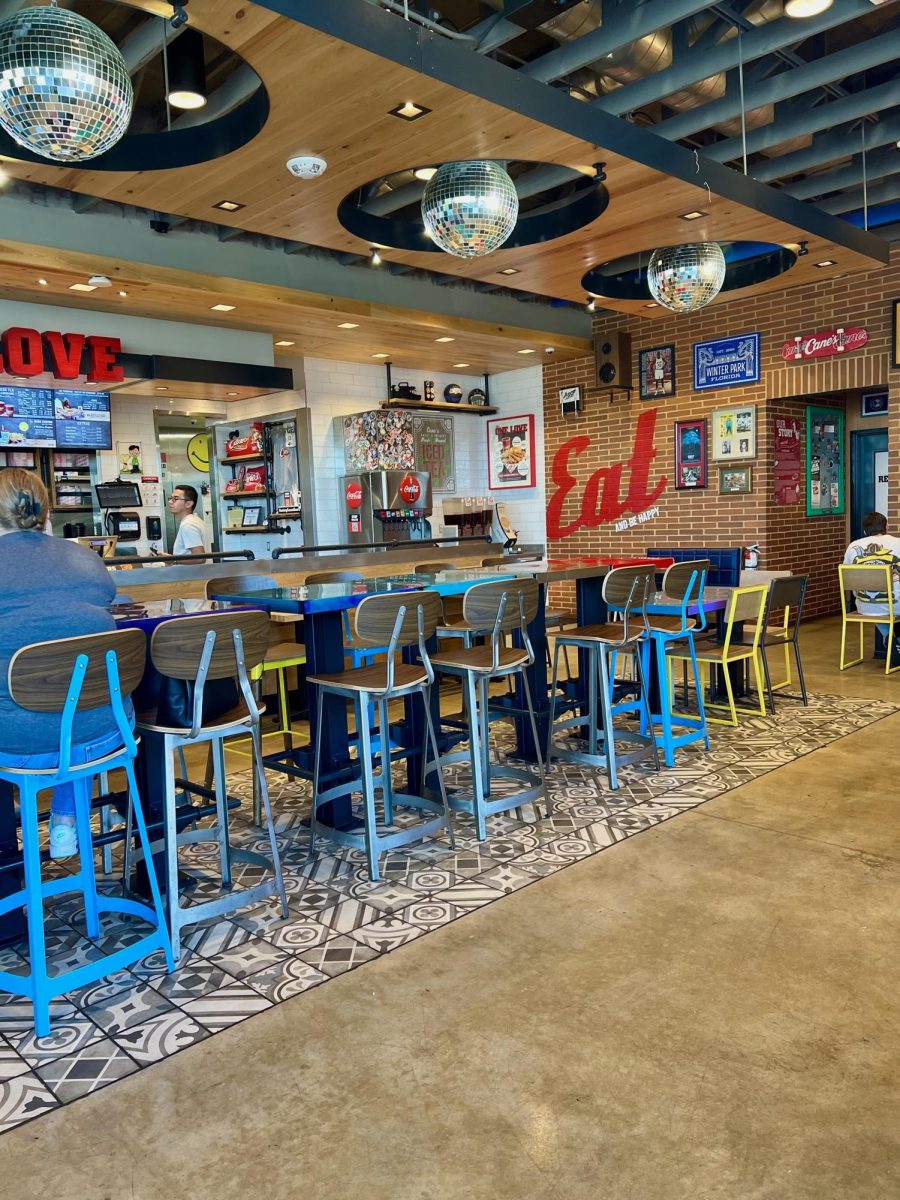Benefits of Being Bilingual
April 20, 2023
Languages open up doors to new worlds of meaning. But with the rise of AI, mastering a language may seem outdated to some. People forget the difference between languages is not only word-to-word translation and grammar rules; language is a spoken history that carries generations in the pause of a breath. There are 7,106 living languages, and each one paves a pathway to diversity and paints a landscape of culture. Yet, according to the US Census Bureau, only 21.6% of Americans can speak a second language other than English. In comparison, 43% of the global population is bilingual, and an additional 17% is multilingual. That means that while the vast majority of Americans are monolinguals, their vision limited to the flat horizon, 60% of the world can appreciate how far the land stretches beyond.
I grew up learning Mandarin Chinese alongside English. Chinese words ending with “-ing” and English words substituted into Chinese sentences dominated my vernacular. I remember running up the stairs and yelling, “What’s rooster?” and my dad would holler back, “公鸡!” from downstairs in between slicing the Nanjing salted duck and braised pork belly. I often fell asleep when learning one of the over 3,000 characters needed to read a Chinese newspaper. But no matter how impressively I procrastinated, my parents were adamant that I learn. They had been warned about stories of entire families fractured horizontally when generations do not speak the same tongue. Now, I am eternally grateful for my ability to communicate with family in China, and although I did not realize it at the time, I had gained the keys to the opposite side of the world.
Language is not just a tool of verbal communication. It is also about interacting with the culture of its creation. Instead of living in the bubble of one language, imagine if you could unlock a new one and double the sphere of people to learn from, share with, and impact. A translated book will never fully capture the nuances in an original text. Misunderstandings sprung from cultural differences could be entirely avoided by expanding one’s languages learned. To me, language is in making dumplings, the festivities of the Lunar New Year, and the thousand-year-old Confucius teachings. Language cultivates a greater appreciation for food, art, and history; it is our different tongues that give proof to the diversity of humanity.
Yet, not long ago, multilingualism was seen as a harmful attribute. Parents suppressed their children learning a new language in fear of them getting confused and developing lower intelligence and self-esteem. After numerous studies, the exact opposite was proven. The American Psychological Association finds that children who speak more than one language perform better in verbal and non-verbal intelligence tests when compared with monolingual children. This is attributed to them having significantly more gray matter in their anterior cingulate cortex, the part of the brain in charge of focusing on one task at a time. Watching multilingual speakers change different languages mid-sentence is an obvious display of this heightened ability.
Language has always been a part of humanity. Since the dawn of time, humans have yearned for a form of communication and self-expression, a way to not only grapple with our existence but also to see the world in new forms of light. In Aboriginal Australia, home to over 130 indigenous languages, “You will be walking and talking with someone, and then you might cross a small river, and suddenly your companion will switch to another language,” says Thomas Bak who studies neurolinguistics at the University of Edinburgh. To Aborigines, language is a part of the land, as natural and varied as the dirt beneath their feet. They are connected to their mother tongue and the mother tongue of their mother tongue. Language is a part of the earth, just as we are, and it is high time we learn to treasure it.
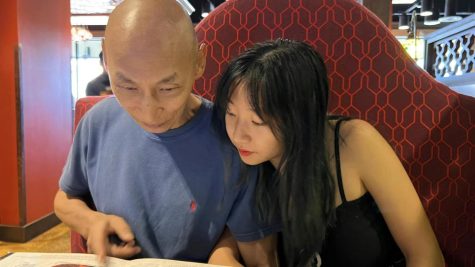
(Photo courtesy of Mrs. WeiLi Duan-Young. )
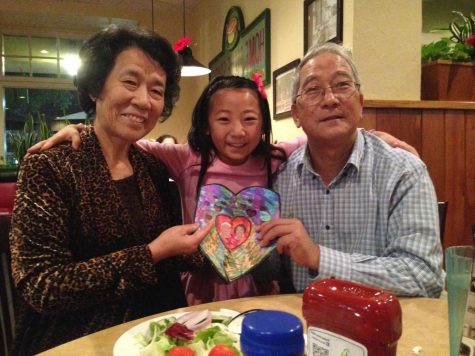
(Photo courtesy of Mr. Samuel Young.)
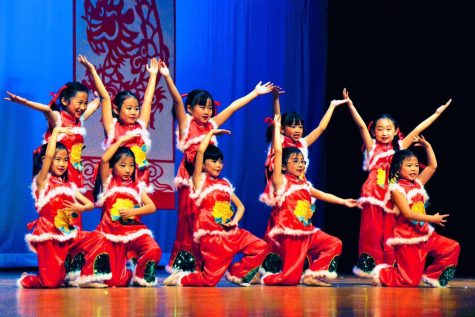

(Photo courtesy of Mrs. WeiLi Duan-Young. )
